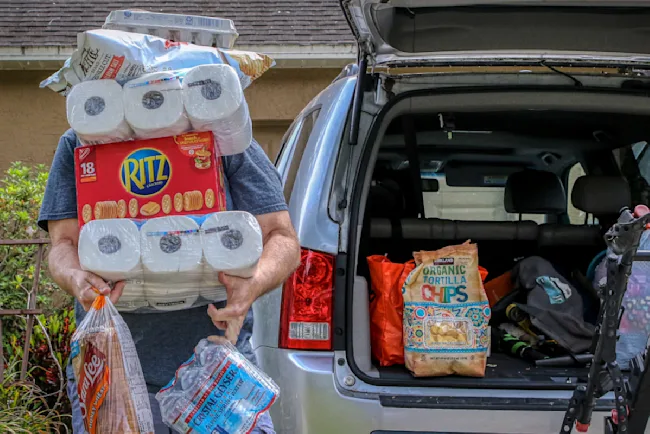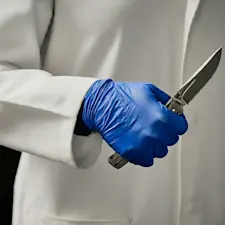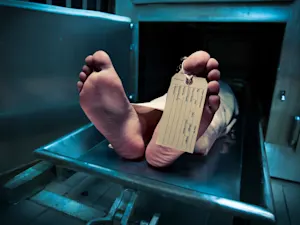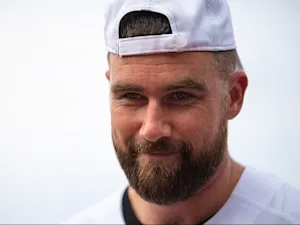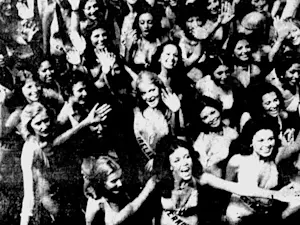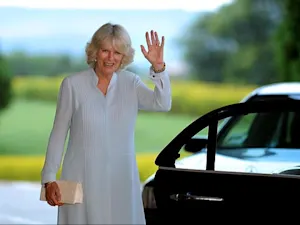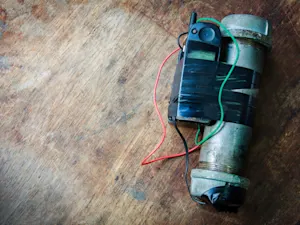
The Shocking Role 'MythBusters' Played in Overturning Three Life Sentences
Imagine spending over 30 years behind bars for a crime you didn't commit. That was the harrowing reality for John Galvan, a Chicago man whose wrongful conviction for a deadly arson was overturned with the unexpected help of the Discovery Channel's "MythBusters." The popular science-based TV series inadvertently became a lifeline for Galvan, proving key aspects of the case against him were scientifically impossible.
A Fatal Fire
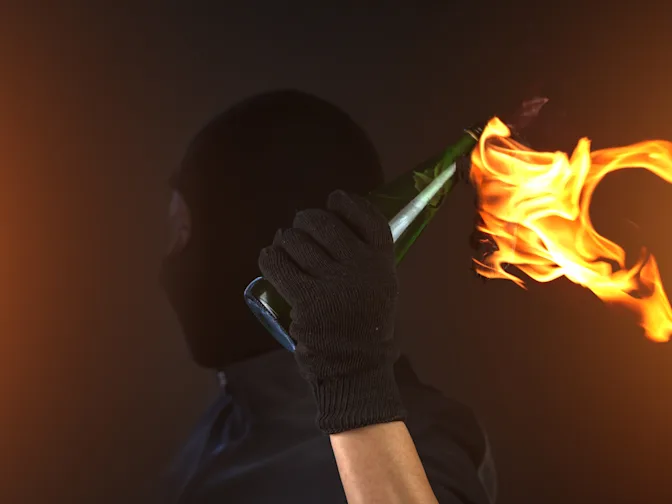
On Sept. 21, 1986, a fire destroyed a Chicago apartment building, killing brothers Guadalupe and Julio Martinez, while their siblings, Blanca and Jorge, escaped. Blanca told police a female neighbor had threatened to burn the building in retaliation for her brother's murder, which she blamed on Jorge's alleged gang ties. However, the neighbor denied the claim and accused John Galvan instead. Witnesses also implicated two other people, Arthur Almendarez and Francisco Nanez, alleging they started the fire by throwing gasoline and lighting it with a cigarette.
How Police Misconduct Secured a False Confession
During the investigation, Detective Victor Switski used coercive tactics to force 18-year-old John Galvan into signing a false confession. Although Galvan had an alibi — he was asleep at his grandmother's house the night of the fire — Switski subjected him to hours of abuse and intimidation, falsely promising leniency if he implicated others.
These deceptive methods ultimately led to the convictions of Galvan, Francisco Almendarez, and Arthur Nanez, and all were sentenced to life in prison without parole.
The 'MythBusters' Experiment
In 2007, while in prison, Galvan watched a re-run of the "MythBusters" episode "Hollywood on Trial," which tested whether a cigarette could ignite gasoline fumes under real-world conditions. The results were definitive: it's virtually impossible. Gasoline requires a high-intensity heat source, such as an open flame, to ignite, and a cigarette simply doesn't burn hot enough to do so. Coincidentally, experiments conducted by the U.S. Bureau of Alcohol, Tobacco, Firearms, and Explosives also confirmed this finding.
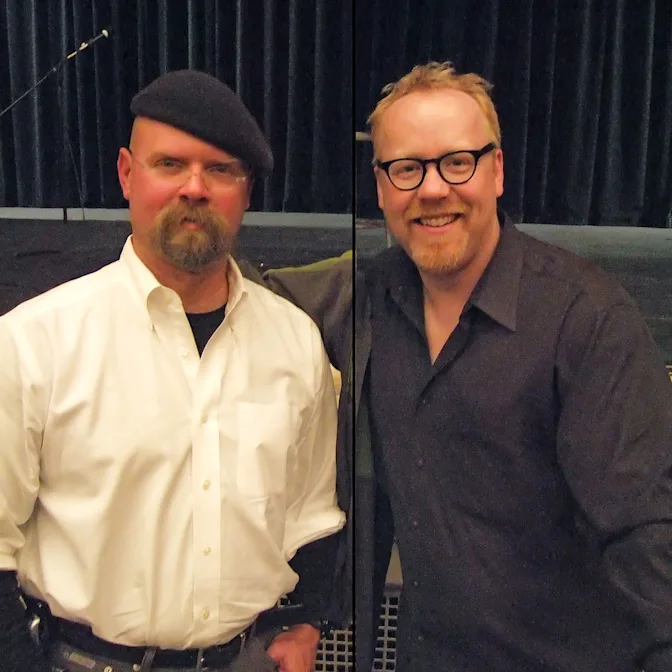 Jamie Hyneman & Adam Savage, from the TV program "Mythbusters". Photo by Roger Jones, courtesy of MythBusters under CC BY 2.0.
Jamie Hyneman & Adam Savage, from the TV program "Mythbusters". Photo by Roger Jones, courtesy of MythBusters under CC BY 2.0.
This episode became a pivotal piece of evidence when Galvan's legal team sought to overturn his conviction. Armed with the show's findings, they demonstrated that the scenario described by prosecutors was scientifically implausible. This revelation, combined with evidence of police misconduct and coerced confessions, led to all three men's release in 2022 after more than three decades in prison.
The Impact of Science on Justice
Galvan's exoneration underscores the vital role that science can play in correcting miscarriages of justice. His case highlights the dangers of relying on unproven assumptions and outdated forensic techniques in the courtroom. By exposing the flaws in the evidence against him, "MythBusters" not only entertained viewers, but also saved three men's lives.
Galvan's story is a powerful reminder of the importance of questioning the evidence and fighting for the truth. As he rebuilds his life, his case serves as a beacon of hope for others wrongfully convicted, proving that even the unlikeliest sources, like a TV show, can lead to justice.
References: How Discovery Channel's 'MythBusters' Helped a Wrongly Convicted Man Prove His Innocence | Discovery Show 'MythBusters' Helped To Exonerate Innocent Men Convicted Of Murder


